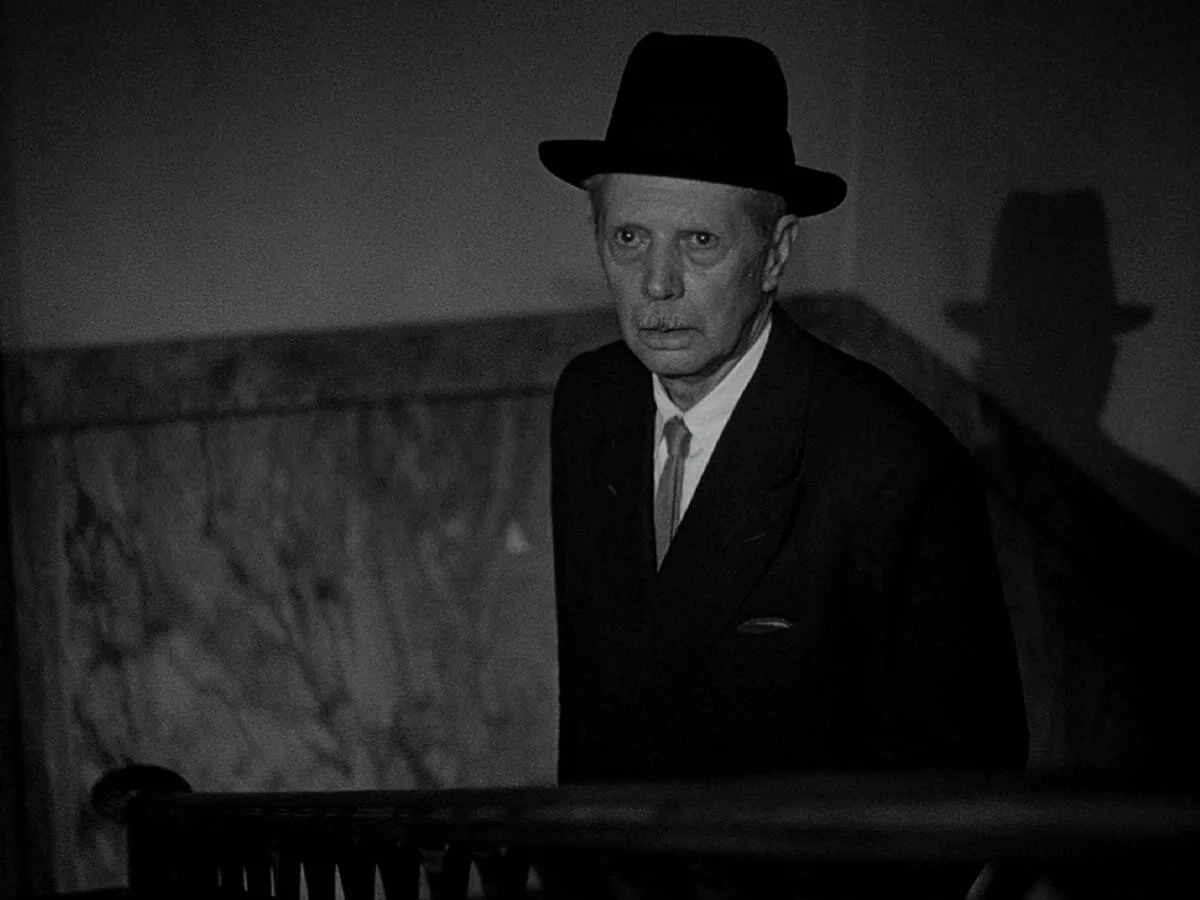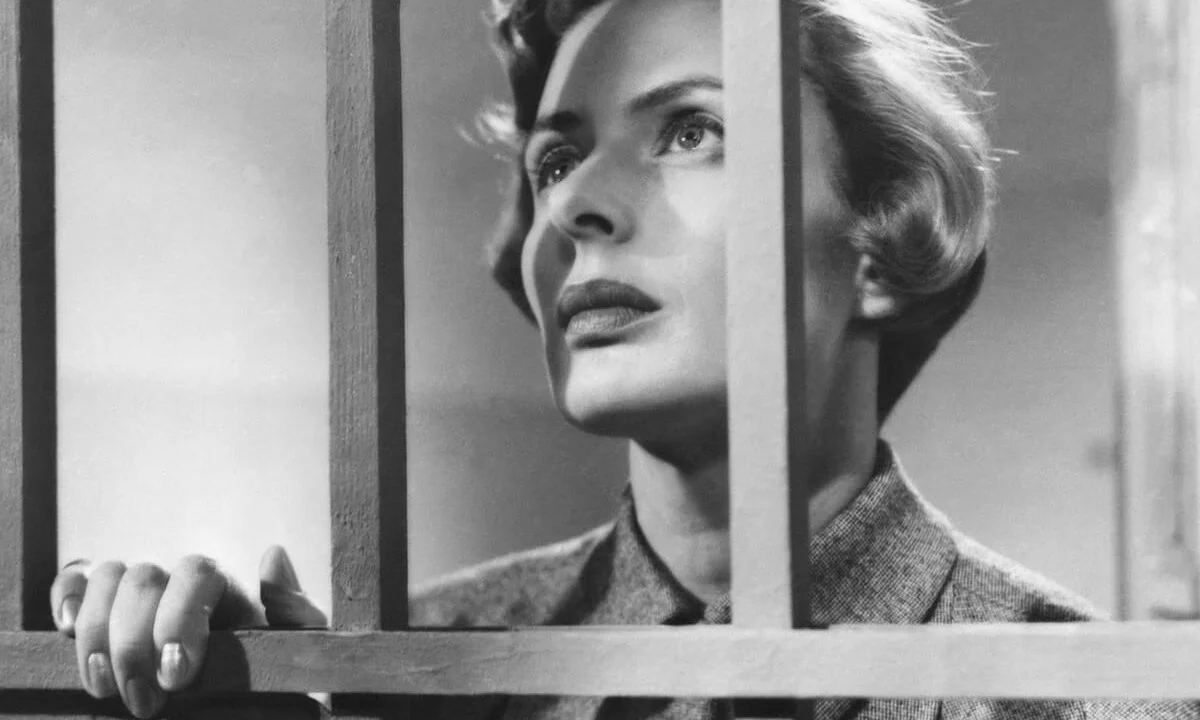Years before the French New Wave would be celebrated for its guerilla filmmaking techniques, neorealist directors such as Luchino Visconti, Vittorio De Sica and Federico Fellini redefined how filmmakers could implement honest portrayals of life on the big screen. With an emphasis on holding a mirror up to society, the neorealist movement strived to portray real world struggles in the aftermath of WWII, and did so to great effect.
How Italian Neorealism began
Image: 'Umberto D.' (Dear Film)
Throughout WWII, Benito Mussolini’s government had led the nation into political and economic uncertainty, and Italy's film industry was consequently in turmoil. In an attempt to disrupt the production of propaganda, the prestigious Cinecittà film studios were severely damaged by the allied forces, making the studio unusable for the foreseeable future. This ultimately forced Italian directors to seek alternative filmmaking practices, despite having few options to choose from.
Simultaneously, a group of critics writing for Cinema had become gravely disillusioned by ‘Telefoni Bianchi’ flicks – commercial films that imitated American comedies and had no interest in the struggles of the working class. Although this frustration towards conservative, escapist cinema was somewhat suppressed in print (in fact, Cinema’s editor-in-chief was the son of Mussolini himself), the popular belief that the industry was no longer creating films relevant to the public prevailed. This, along with the destruction of Cinecittà film studios, led to a sudden shift in Italian cinematic storytelling, both in terms of filmmaking techniques and the topics of discussion. These two defining factors would ultimately lead to the rise of neorealism.
PAISAN (CREDIT: CRITERION)
With a severe lack of resources but an abundance of real world issues to address, Italian filmmakers who had previously shot traditional productions at Cinecittà film studios were now taking to the streets with minimal equipment, non-professional actors and an unbreakable belief in their sociopolitical purpose. The end of WWII and the consequent end of German occupation then allowed the neorealist movement to thrive artistically, discussing sociopolitical turmoils and real world struggles in a way that was never possible under Mussolini’s rule.
"I try to capture reality, nothing else." - Roberto Rossellini
The movement gained international attention when Roberto Rossellini’s Rome, Open City won the Grande Prize at the 1946 Cannes Film Festival, and Italian Neorealism's brutally honest portrayals of the working class and their enduring struggles became known as the country's cinematic 'golden era' – a title that it undeniably deserves. (Source)



